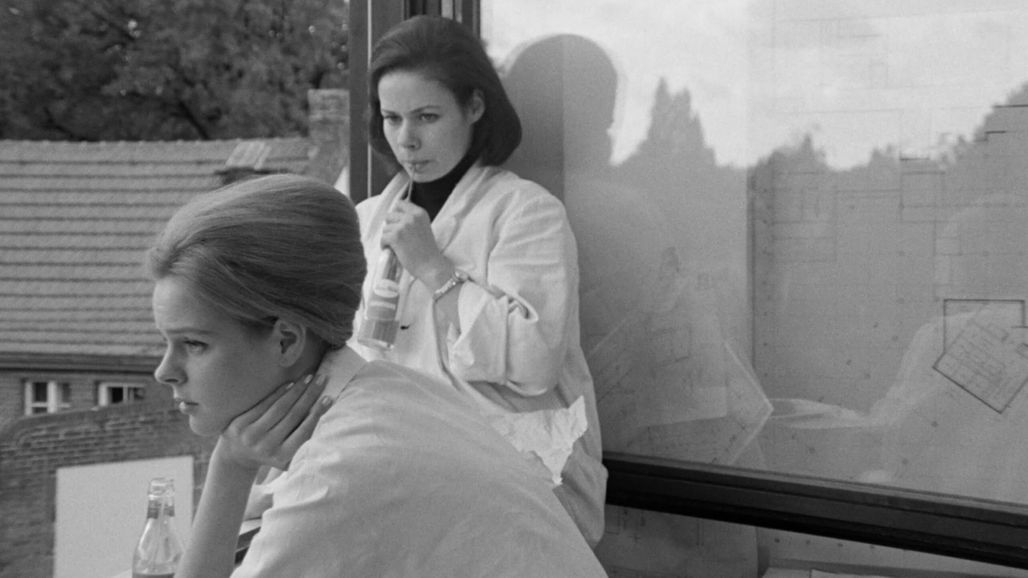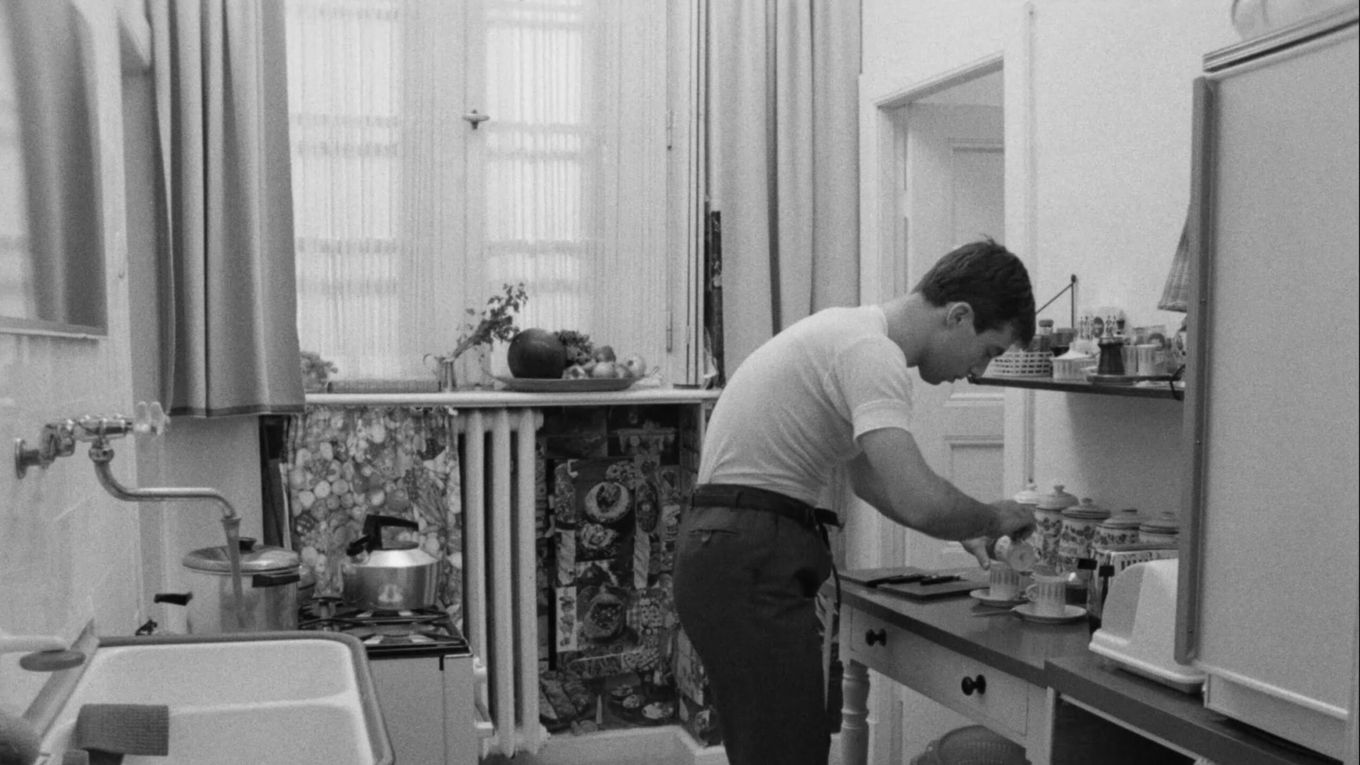
Es, a snapshot of West Berlin in the sixties by Ulrich Schamoni

When it was screened In Competition at the Festival de Cannes in 1966, Es by Ulrich Schamoni examined a question at the centre of social debates of the time. In France as in West Germany, abortion was not yet authorized. A visionnary, Ulrich Schamoni made use of this theme to depict a couple in crisis in a West German society that was in the throes of liberation. Screened in a restored 4K version in Cannes Classics, Es is all the more topical today.
A young unmarried couple from West Berlin take advantage of life, far from the rules and conventions of their parents’ generation. Hilke (Sabine Sinjen) is a technical draftswoman in an architecture firm. Her partner, Manfred (Bruno Dietrich), is an assistant at a famous real estate agency. When the young woman learns that she has an unwanted pregnancy, her happiness is ruined. Instead of talking things over with her boyfriend, she goes off alone in search of a doctor’s office and keeps her plans secret from him.
A pure example of new German cinema, an artistic school that was inspired by the French New Wave, this feature film was mainly filmed outside, using natural lighting and a shoulder-carried camera, recalling the work of Jean-Luc Godard in À bout de souffle (Breathless).
In Es, Ulrich Schamoni seeks to depict with an almost sociological precision the society he lives in: West Germany in the sixties, whose youth are starting to simmer. A big hit nationally, this multi-award-winning film echoed demands for abortion rights. In 1971, the film’s leading actress, Sabine Sinjen, was one of 28 women who featured on the cover of the magazine Stern: “We have had an abortion!”
A restoration by the DFF – Deutsches Filminstitut & Filmmuseum, Frankfurt. Restoration supported by the Förderprogramm Filmerbe (FFE) and financed by BKM, the Länder and FFA. Digital restoration supervised by the DFF – Deutsches Filminstitut & Filmmuseum and carried out by Cinepost Production, Unterföhring. The sources used for the digitization are preserved by the DFF and BETA Film.



